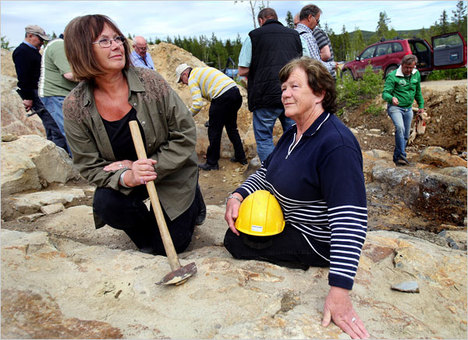(p. 132) . . . the function of entrepreneurs is to reform or revolutionize the pattern of production by exploiting an invention or, more generally, an untried technological possibility for producing a new commodity or producing an old one in a new way, by opening up a new source of supply of materials or a new outlet for products, by reorganizing an industry and so on. Railroad construction in its earlier stages, electrical power production before the First World War, steam and steel, the motorcar, colonial ventures afford spectacular instances of a large genus which comprises innumerable humbler ones–down to such things as making a success of a particular kind of sausage or toothbrush. This kind of activity is primarily responsible for the recurrent “prosperities” that revolutionize the economic organism and the recurrent “recessions” that are due to the disequilibrating impact of the new products or methods. To undertake such new things is difficult and constitutes a distinct economic function, first, because they lie outside of the routine tasks which everybody understands and, secondly, because the environment resists in many ways that vary, according to social conditions, from simple refusal either to finance or to buy a new thing, to physical attack on the man who tries to produce it. To act with confidence beyond the range of familiar beacons and to overcome that resistance requires aptitudes that are present in only a small fraction of the population and that define the entrepreneurial type as well as the entrepreneurial function. This function does not essentially consist in either inventing anything or otherwise creating the conditions which the enterprise exploits. It consists in getting things done.
Source:
Schumpeter, Joseph A. Capitalism, Socialism and Democracy. 3rd ed. New York: Harper and Row, 1950.
(Note: ellipsis added.)








